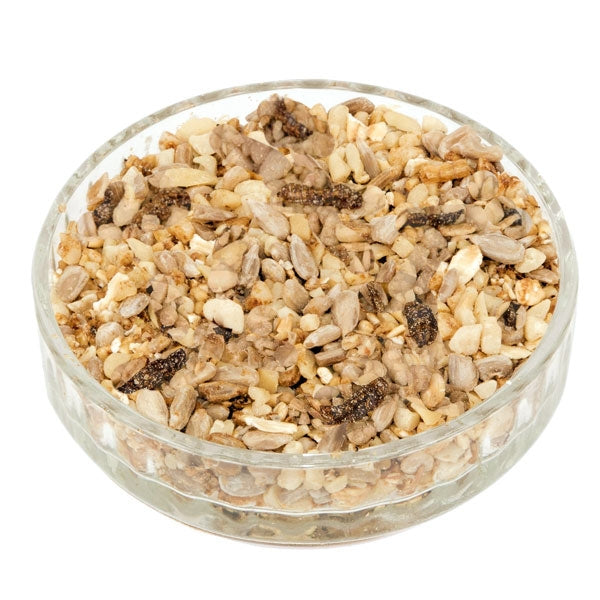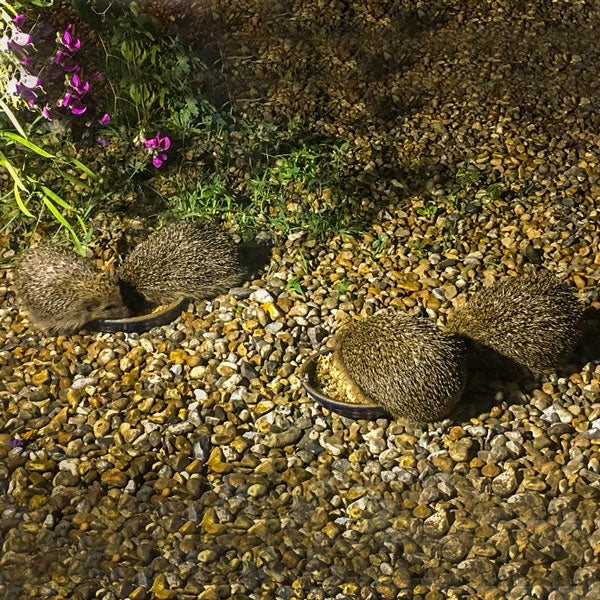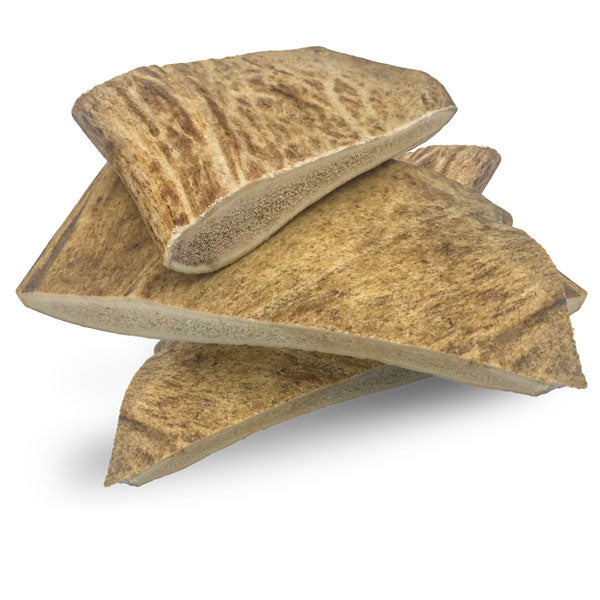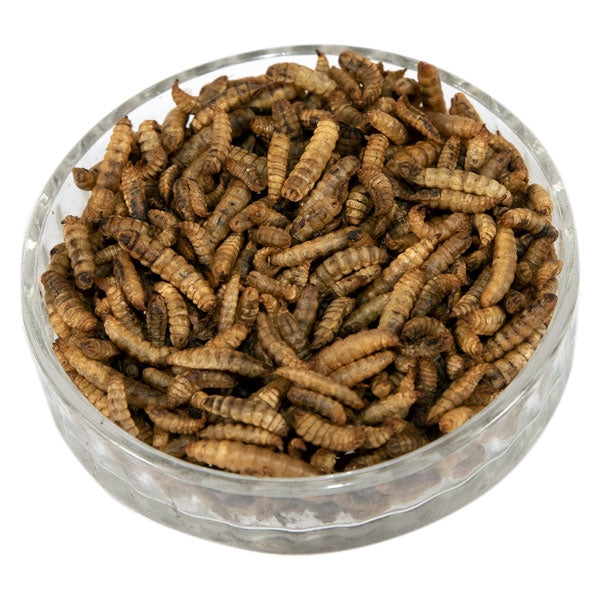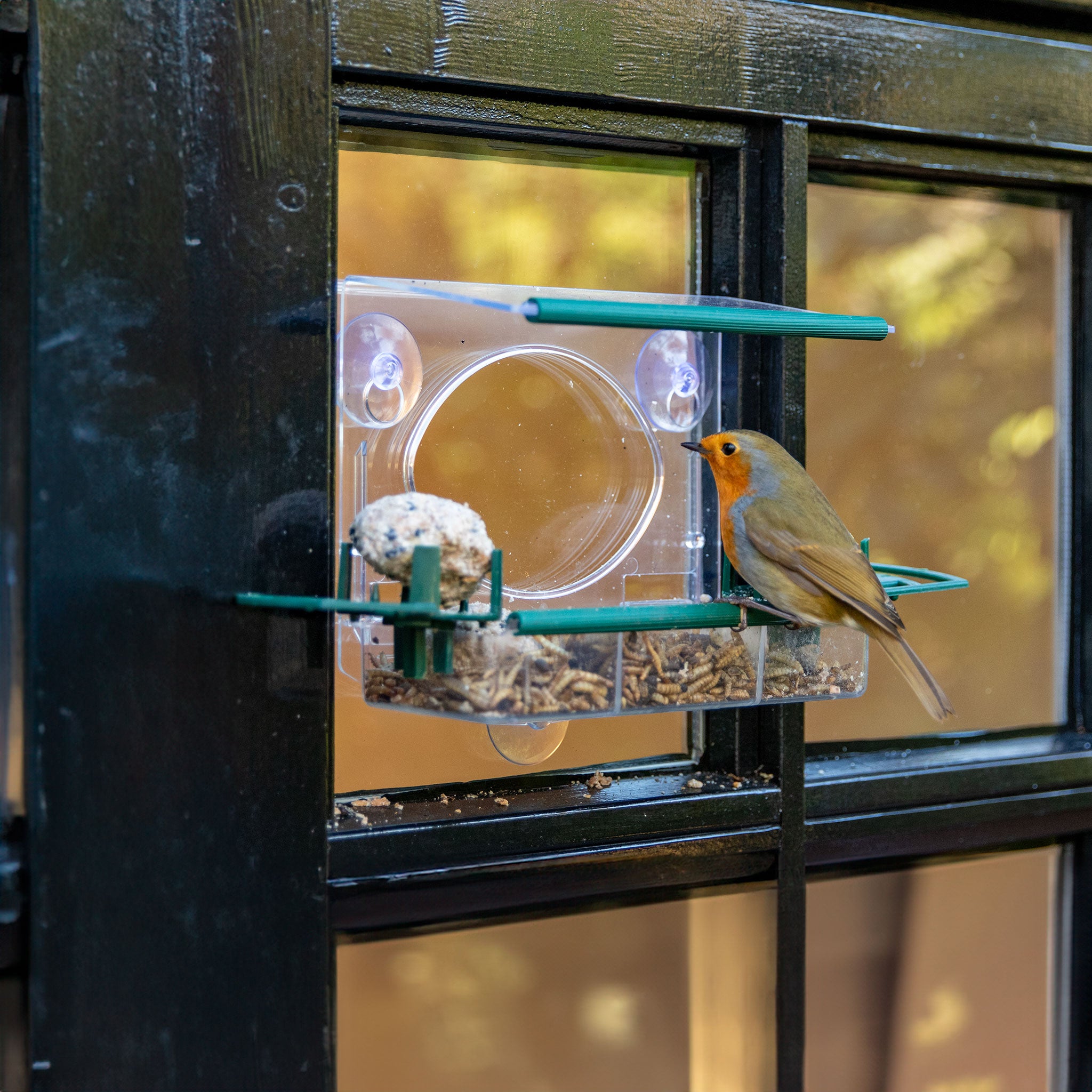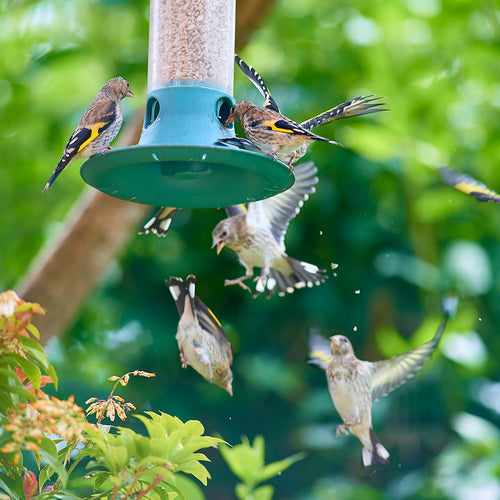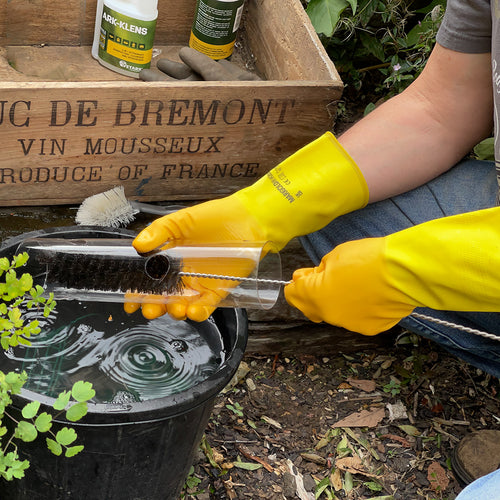-
Ark Fox Food
Ark Fox Food
- Regular price
- From £8.00
- Sale price
- From £8.00
- Regular price
-
- High-protein, meaty biscuits: specially formulated to provide wild foxes with balanced energy, vitamins, and minerals all year round.
- Highly palatable, clean, convenient: low-mess extruded biscuits reduce waste and odour while keeping your garden feeding areas hygienic.
- Trusted UK quality: developed and manufactured in the UK, specifically for feeding both rural and urban foxes.
-
The Fox Book
The Fox Book
- Regular price
- £9.95
- Sale price
- £9.95
- Regular price
-
- Full of interesting facts about the fox life cycle both urban and rural
- Learn more about this important species in Jane Russ`s informative, entertaining book
- Easy to read, yet full of facts, myths and stories
-
Ark Insectivore Food
Ark Insectivore Food
- Regular price
- From £7.00
- Sale price
- From £7.00
- Regular price
-
- Nourishing: fortified with protein, calcium and probiotics for bird health
- Wildlife-focused: help insect eaters when their natural food is scarce
- Versatile: a highly palatable food supplement for insect eating birds and mammals
-
Natural Fallow Deer Antler
Natural Fallow Deer Antler
- Regular price
- From £14.95
- Sale price
- From £14.95
- Regular price
-
Fallow deer antler cuts, average weight 150g, average length 12cm-20cm
- Health Giving: Packed with calcium, protein and minerals for optimal health
- Cruelty-free: Naturally shed antlers, collected from the wild and brought to your garden
- Benefits: Chewing strengthens teeth, and antler protein, calcium, and minerals support bone health, growth and breeding in all mammals
-
Dried Calcium Worms
Dried Calcium Worms
- Regular price
- From £4.10
- Sale price
- From £4.10
- Regular price
-
- Nutritious: excellent source of protein and calcium
- Versatile: perfect for table, ground and seed feeders
- Appealing: attract more insectivore birds to gardens
Showing 1-5 of 5 products
FAQs
Find answers to our most frequently asked questions.
If you cannot find the answer to your query within these FAQ’s please call our customer service team on free phone 0800 085 4865 between 9.00am – 5.00pm Monday to Friday and we’ll be happy to answer your questions.
Outside of office hours please complete the form on our Contact Us page and we will respond to your request within 1 working day of our return.




